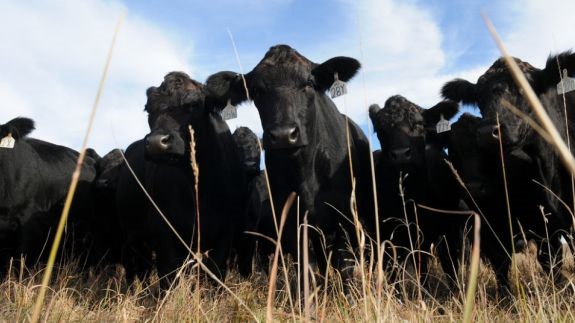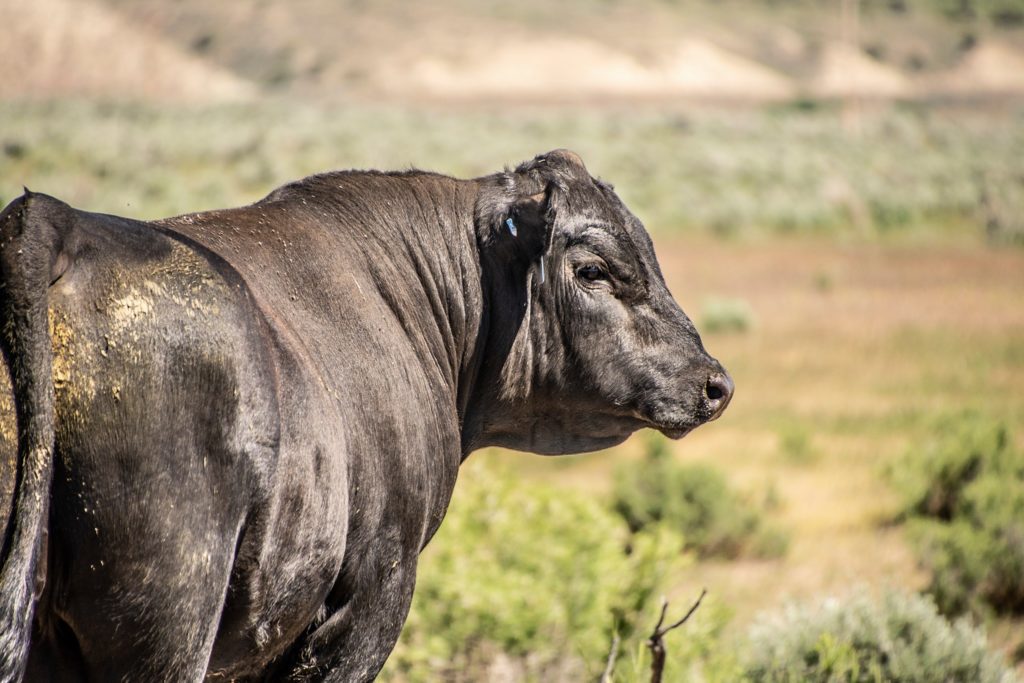The goal of herd immunity is the reduction of infection or disease in a population’s susceptible segment.
The term “herd immunity” has come into common usage in recent months.
“This is an important term and is a concept that is critical to understand as it pertains to human and animal health,” says Gerald Stokka, North Dakota State University Extension veterinarian and livestock stewardship specialist.
The concept of herd immunity is a companion concept to individual immunity.
“Individual immunity is important to us all as immunity is critical to our very survival,” Stokka says. “We are constantly exposed to potential disease-causing organisms, and yet the vast majority of people are asymptomatic (show no obvious signs or symptoms of disease) or have only mild symptoms for a short period of time.”
A good example of the importance of individual immunity is the practice of vaccinating horses to protect them against the disease caused by West Nile virus. The West Nile virus is transmitted to horses through the mosquito. This virus cycles between mosquitoes and bird populations, with horses and humans becoming infected when bitten by an infected mosquito.
Horses, humans and other mammals are known as dead-end hosts because they cannot infect other like species. Preventing the mosquito bite is difficult and thus protection through vaccination is important. The vaccination of mosquitoes and wild birds is logistically impossible at this time; thus, the need exists for an effective vaccine in the horse population.
The three objectives of vaccination are to:
- Induce protection against disease
- Reduce susceptibility of an individual to infection
- Reduce infectivity (shortens time and severity) after the occurrence of an infection
In contrast, some disease-causing infectious agents are transmitted in a different manner. An example in cattle populations is the virus known to cause the disease bovine virus diarrhea, or BVD. This disease is misnamed because it rarely causes diarrhea, but it may play a role in a host of other disease manifestations, such as respiratory disease, by compromising the immune system of the animal, making it more susceptible to other infections.
This virus is spread from animal to animal through nose-to-nose contact, and also likely through the fecal oral route. The infection is the most harmful when the developing fetus is infected.
Exposure and infection that occur early in gestation, up to 60 days, may result in absorption or expelling of the fetus. When this occurs later in gestation, from approximately day 60 to 180, abortion may result or the virus may not be recognized as foreign by the developing fetal immune system.
Provided the calf survives this infection, the calf is born with the virus and will shed (expose others to) the virus for its entire life. This becomes the No. 1 reason this virus is maintained in cattle population.
The goal of vaccination in the case of BVD is two-fold.
“One is to vaccinate the cow so that she develops individual immunity, which will protect her fetus from exposure and infection,” says Carrie Hammer, a professor in NDSU’s Animal Sciences Department.
The ability of any vaccine to provide this level of individual immunity 100% of the time is very limited, although research indicates vaccination can result in a high level of protection.
The second goal is to achieve herd immunity. When the transmission of a disease is animal to animal, the number of animals that are at risk of infection is important.
Once an animal is infected and survives, its immune system has won the battle and the virus is eliminated. The greater the number of survivors, or immune animals, the less likely the virus can find another susceptible one. Thus, the herd actually protects the remaining animals that still are susceptible.
Potential pathogens differ in their ability to infect susceptible animals, and some can spread faster than others. This typically is expressed as the reproductive number. This is the typical number of new cases of infection that will be generated from an index case. For example, in the case of the herpes virus 1 (IBR) infection in cattle, the estimate is that in a herd of susceptible animals, seven new animals will become exposed and infected for each individual infection.
Of course, this depends on how close the contact, or social distance, is between animals. To use a human example, the estimate is that for each case of measles, 15 new cases will arise.
“Although estimates vary widely, the growing consensus of the reproductive number for COVID-19 appears to be between two and three,” says Paul Carson, professor of practice in NDSU’s Department of Public Health.
The goal with vaccination or exposure (new cases) is to have this number less than one.
“When this occurs, not enough new cases are generated to propagate the infection, and an outbreak will soon be extinguished,” Carson says. “Therefore, the goal of herd immunity is the reduction of infection or disease in the susceptible segment of a population as a result of immunity (through vaccination and/or natural infection) in a substantive proportion of the population.”
The chances of exposure and infection decrease with an increasing number of individuals who are immunized. This results in a decrease in the transmission of the pathogen within the group such that new infections become controlled or extinct.
The threshold for which we can expect to see herd immunity is directly related to the contagiousness of the pathogen (the reproductive number). Using the example of COVID-19, with a reproductive number of 2.5, the proportion of the population needing to be immune to halt further spread would be 0.6 (60% of the population needs to be immune to stop the spread).
In the livestock business, the use of vaccinations is two-fold. It is used to protect individual animals from developing a disease and/or having signs and symptoms of a disease. In addition, it is used to reduce the severity and duration of disease and to increase the amount of exposure required to cause infection.
“When the transmission of a pathogen does not involve animal-to-animal transmission such as West Nile virus in horses, this is a critical individual animal immune response,” Stokka says. “When transmission is animal to animal, not only is individual immunity important, but the development of group or herd immunity is critical to reduce the spread/shedding of the organism and subsequently the number of new infections that develop.”
Source: Ellen Crawford, North Dakota State University








